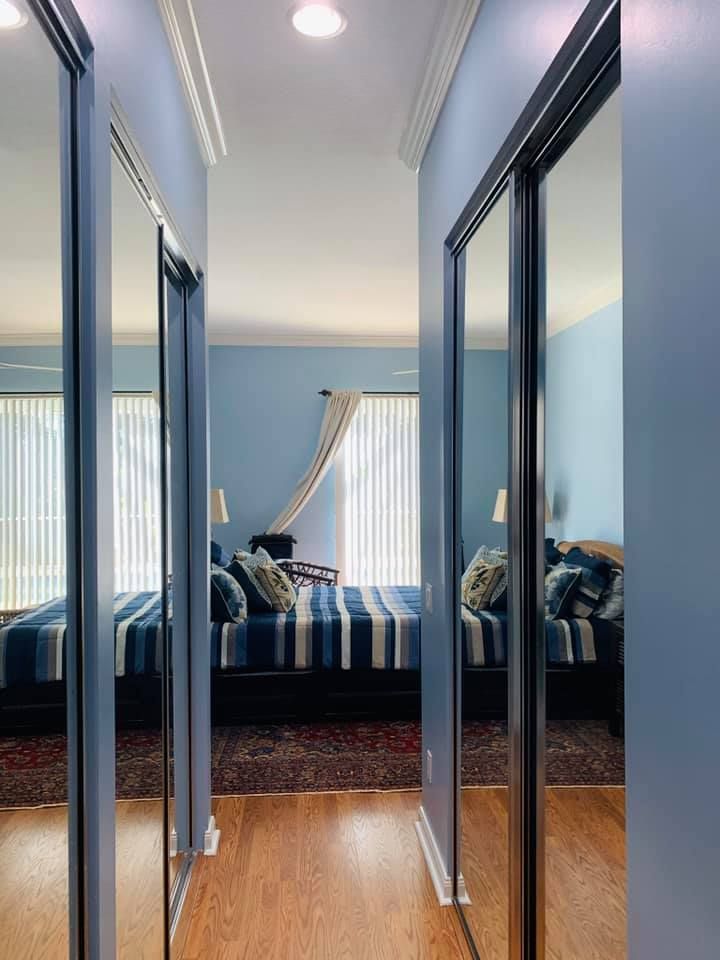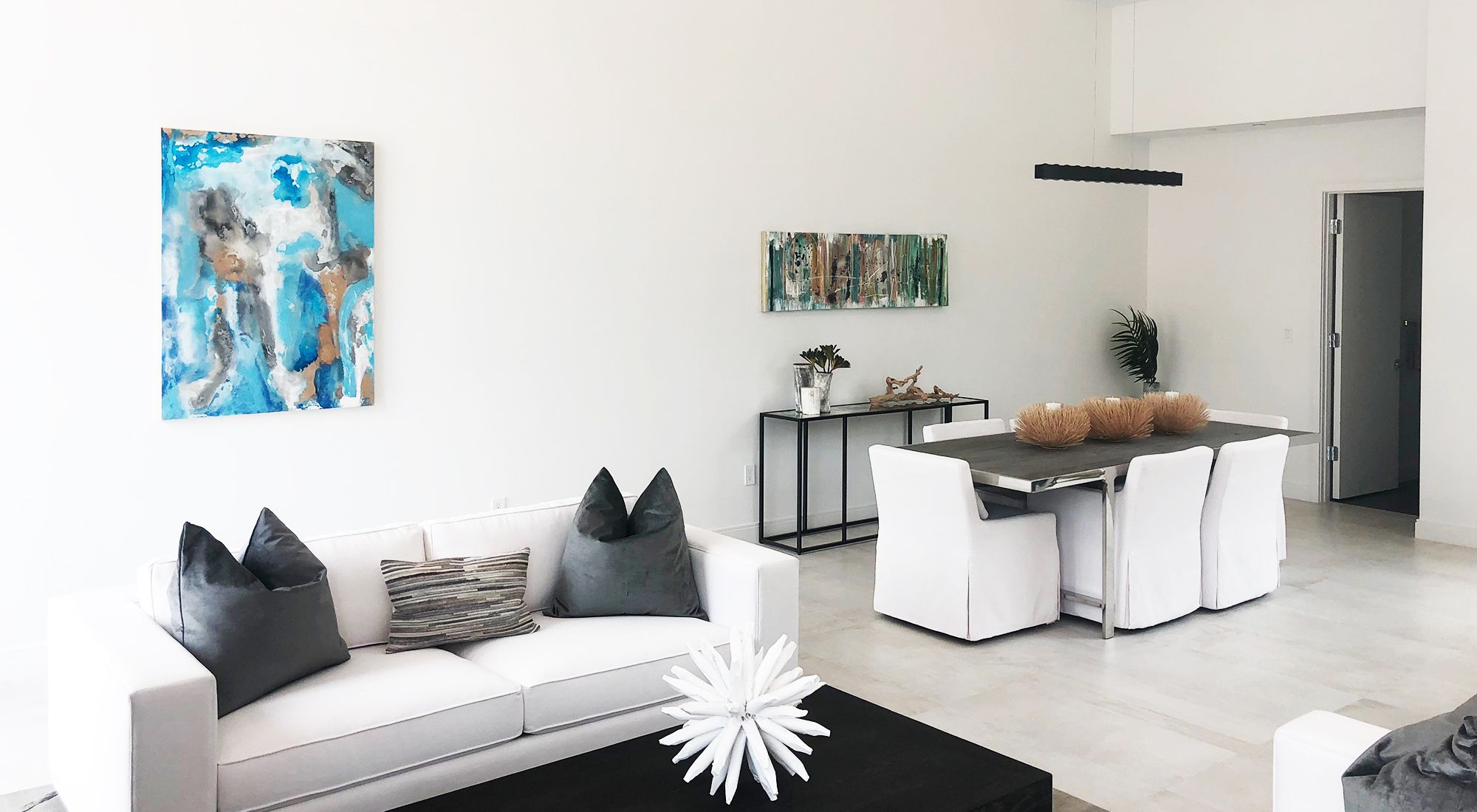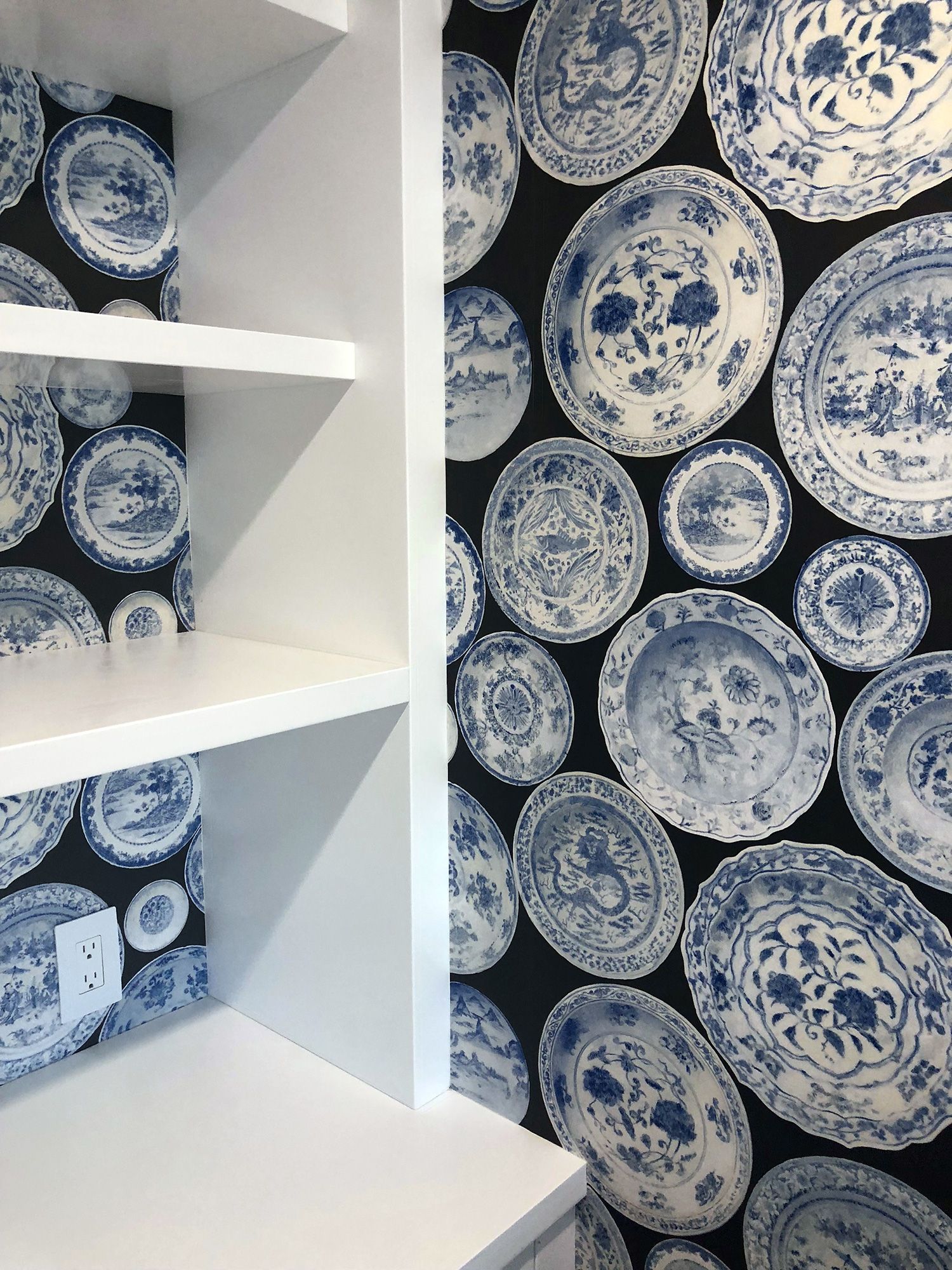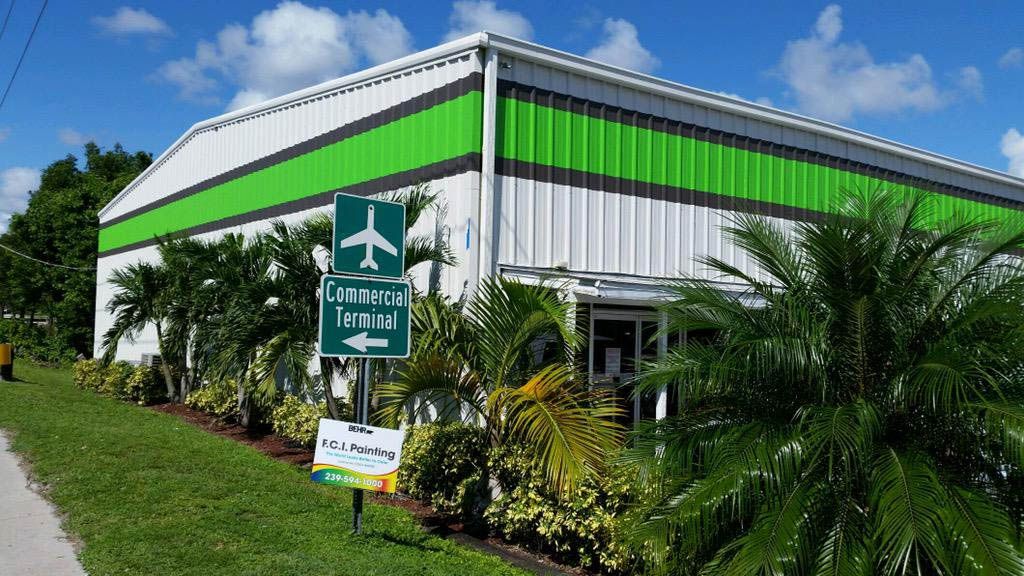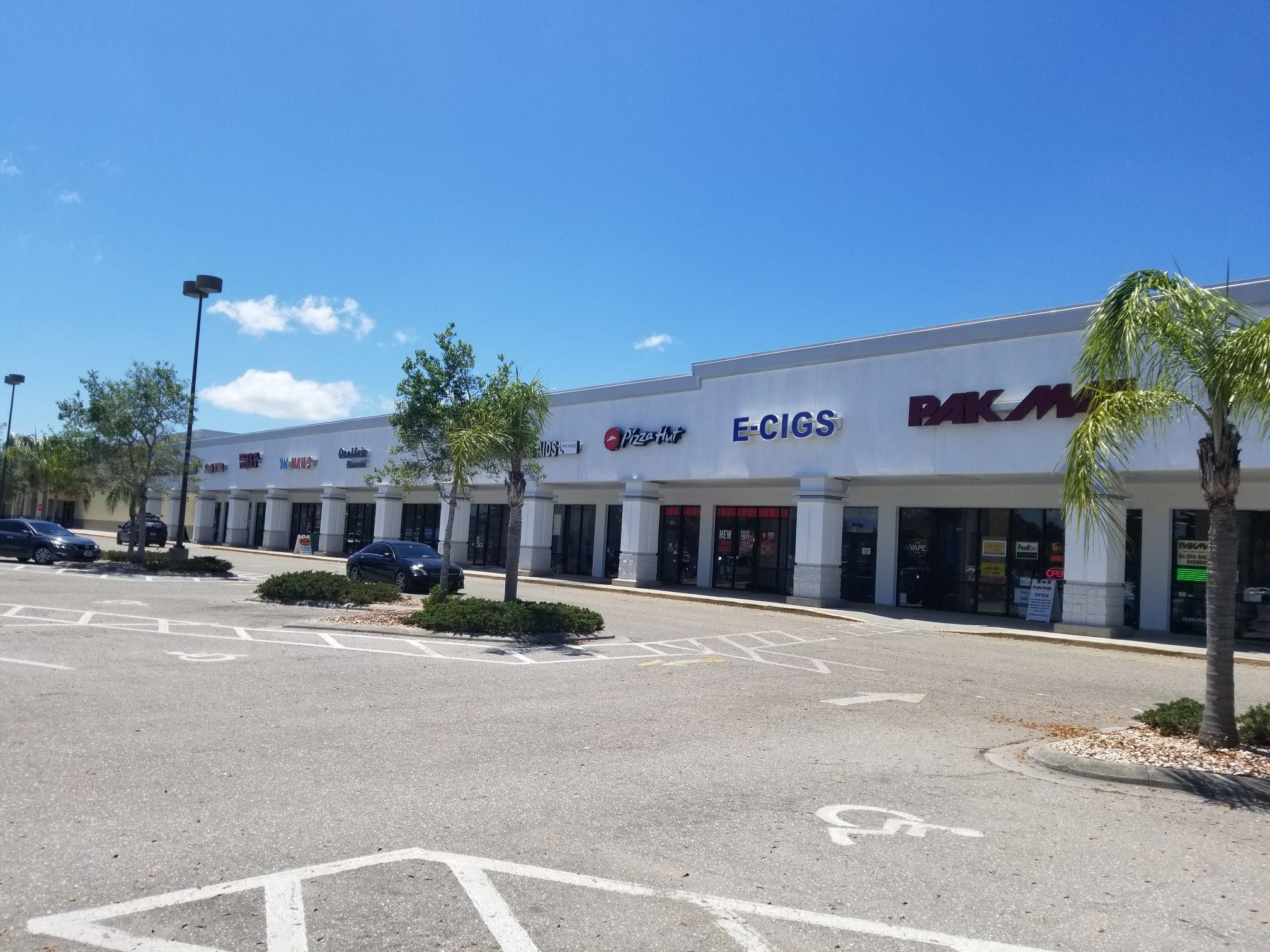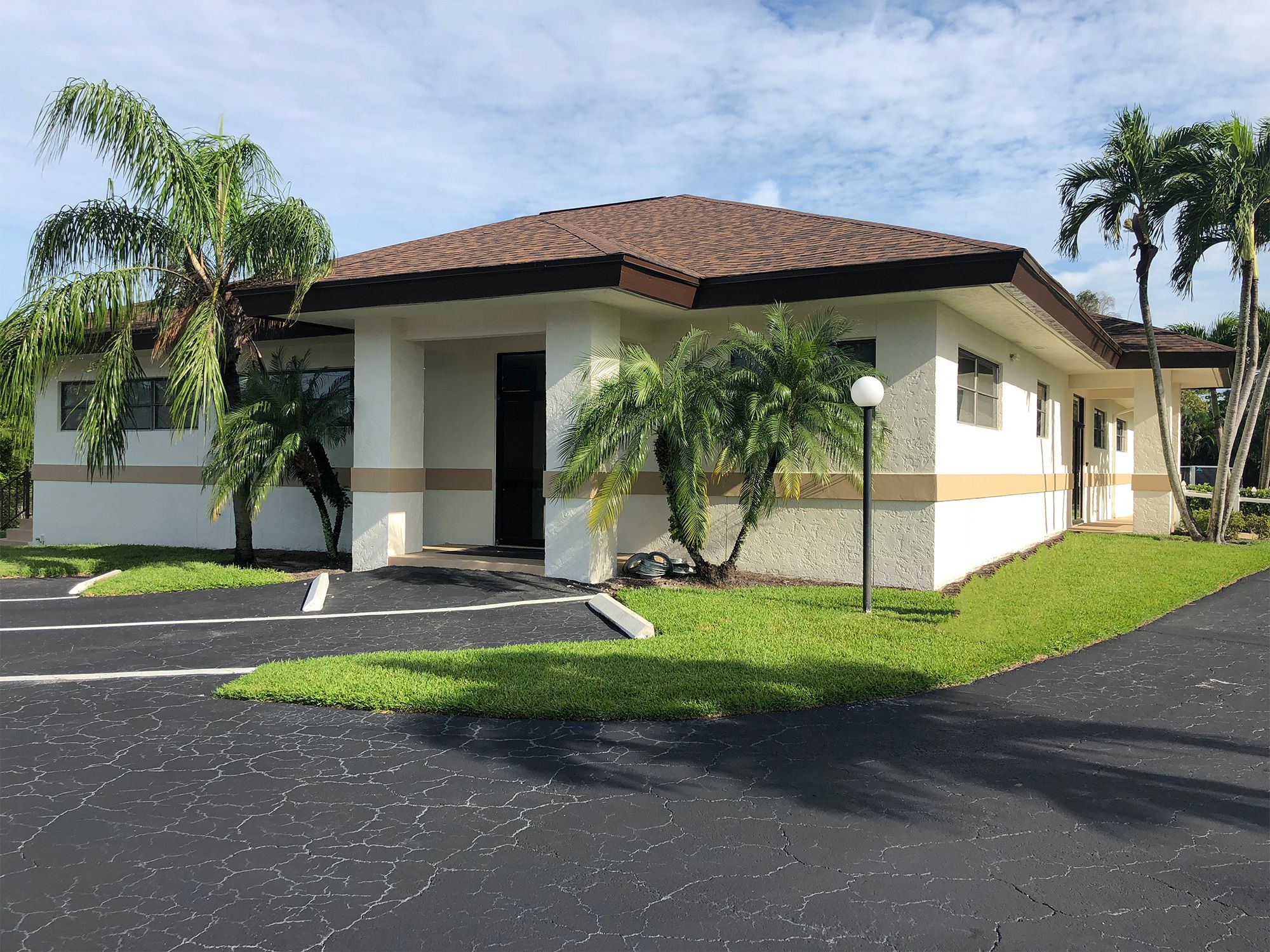
How to Prep Your Kitchen Cabinets for Painting
If your kitchen looks a bit tired and out of date, you can spruce it up without costly renovations by painting the cabinets. With more than 25 years of service in the Naples, Florida area, FCI painting crews are experts at painting kitchen cabinets. We have some tips to get started with the prep work if you want to take the DIY route, or you can contact us to discuss how we can make your kitchen cabinets look new.
Whichever the case, you should start by examining your cabinets to determine whether they are in good enough condition to paint or whether it would be better to replace them. Kitchen cabinets are subject to significant wear and tear over the years and can accumulate thick layers of grease and grime. If the cabinets have numerous structural problems and the layers of grease seem like they might need a blowtorch to remove, you might be better off replacing them.
Steps to Prep Your Kitchen Cabinets
Once you’ve determined that a paint job can renew the cabinets, you’ll need to assess them to determine the prep work required and the best type of paint for the job. If the cabinets are made of wood, you’re off to a good start because wood is porous enough to absorb new paint. However, depending upon the existing finish, you may need to strip or sand it away, which will require elbow grease and/or chemicals. If your cabinets are laminated, the laminate needs to be in good condition, and you will need to paint it with a special bonding primer.
With your assessment concluded, it’s time to get to work. Start by clearing out the kitchen of anything that might get in the way of the work. Empty the cabinets and any drawers you plan to paint. Cover countertops, flooring, and other non-cabinetry surfaces with rosin paper and use painter’s tape to mask off wall surfaces adjacent to cabinets. You should also tape plastic sheeting over interior doors to protect the rest of the house from dust and fumes.
Tips & Tricks for Kitchen Cabinets
You might want to use sawhorses and two-by-fours to set up workstations and drying racks for the doors of the kitchen cabinets and drawers for ease of work. Alternatively, you can also use door risers or painter’s pyramids for painting and drying. You will also want to develop a marking system to ensure that each door and drawer is returned to its proper place. Some people mark them with respective numbering under the removed hinges for the doors and other inconspicuous spots on the drawers. Remove the doors and drawers and remove knobs, hinges, and other hardware.
Assuming that the existing paint is in relatively good shape, your next step should be a thorough cleaning and degreasing of doors, drawers, and the frames and interiors of the cabinetry. Use a strong degreaser, such as trisodium phosphate (TSP), with a robust scrubbing pad and make sure you thoroughly cover all surface areas. For an easier time with the job, consider using bristle brush attachments on a drill or impact driver. Once clean, you will need to let the surfaces completely dry.
If the existing paint was not in good enough condition, you will need to sand it down to the wood or use a chemical stripper and scraper to peel it off. Any such stripping needs a follow up light sanding and cleaning. In fact, whether you clean or strip the existing paint, you should follow up with light sanding to ensure the best paint adhesion. Any sanding should be followed up by thoroughly removing sanding dust with a vacuum and tack cloth.
At this juncture, you are ready to begin painting!
Choosing the Right Paint and Tools
You can achieve an excellent finish for your cabinetry with either oil or latex paints. Many painters prefer latex because they are user-friendly, dry quickly, and are easy to clean with water. That said, some professionals still use oil-based topcoats due to their durability and ability to create a smoother finished surface. One hundred percent acrylic latex primer for priming should do the trick, but if your cabinets have a heavy stain, you will need a stain-blocking primer. And, as previously mentioned, if painting over laminate, you will likely need to use a special bonding primer to ensure paint adhesion to the surface.
As for necessary painting tools, the most essential tools in your arsenal should be high-quality brushes and mini-rollers. That is unless your painting DIY skills make you feel confident enough to use a paint sprayer. Other essential painting tools include:
- Roller paint tray
- Stir sticks
- Paint pour spout
- Clean-up rags
- Tack cloths
- Paint brush cleaner
- Door risers and/or painter’s pyramids (or sawhorses with two-by-fours)
Or Consult with a Professional Painting Company in Naples, FL
If all of this prep works seems like too much effort, or you would like to refresh your cabinetry with the most professional-looking results possible, consult with FCI Painting. We have more than 25 years of professional experience helping Naples, Florida-area residents beautify their kitchen cabinetry and other interior spaces. To learn more, contact FCI Painting online or give us a call at (239) 435-1001.

